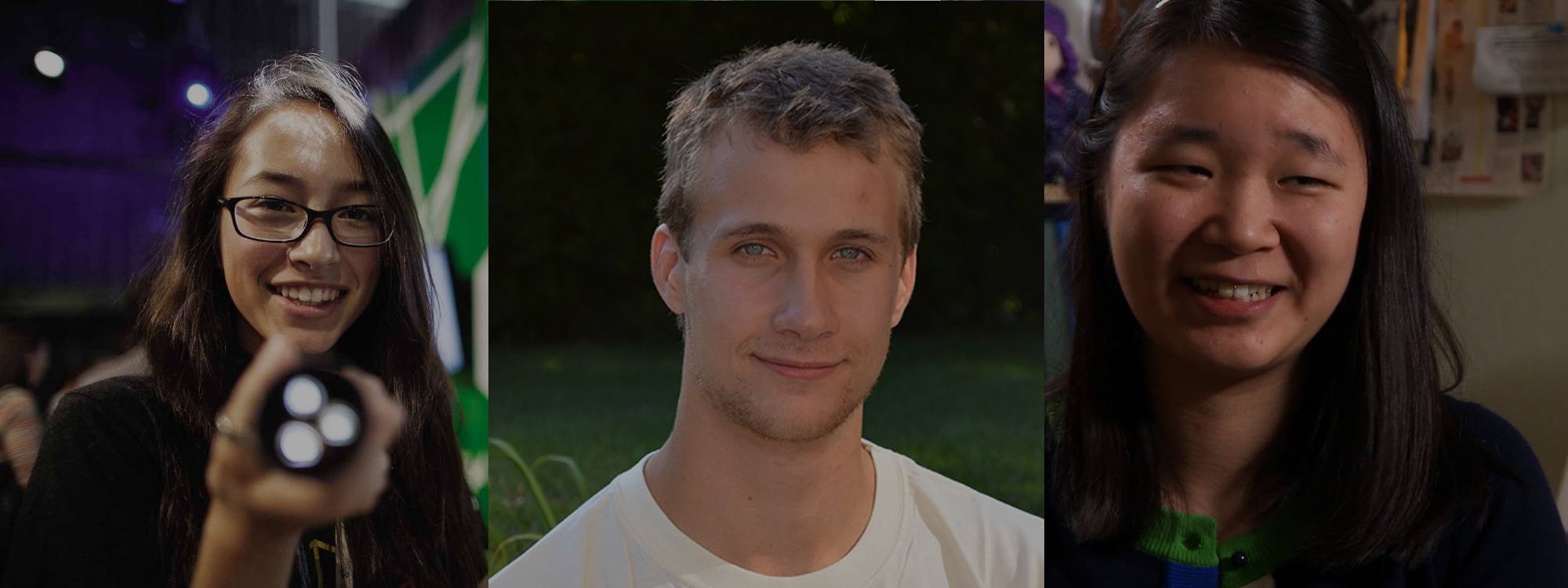I’ve learned that relationships are important in all aspects of life. There are many reasons why relationships matter but I speak to 3 which are applicable to anyone.
Some people may be introverts and if you’re an entrepreneur you might have that tendency to try and manage things behind the computer if possible. Let’s face it, it’s easier when you don’t have to put yourself “out there”. Can you develop a relationship online, yes. However, I will confidently say, there is no better way to build good relationships than in person. It’s a very different experience. So, you have to be willing to put yourself out there.
For example, it’s like the boy who’s afraid to ask the girl to dance because he doesn’t want to face potential rejection. We can guarantee one thing in that situation. By not asking the girl to dance, the boy 100% guarantees he will not dance with that girl and rather than feel pain from rejection he will likely feel pain of regret later. That was never me of course (wink).
Speak up and engage people. Get out to events that help you meet people you want to talk to. Help others in need. Take someone out to lunch or coffee. Life is just better when you have a network of reliable support but it not just about receiving, its also about giving. You have to be willing to do both. Building a team or network of people is defined in the social entrepreneur industry as “building your tribe“. Again, no matter what the circumstance in life it’s always better to have a strong network of people you can rely on.
When you approach a transitional time in your life it’s important to not do it alone. Build a community of friend and people you can rely on for support. Having these relationships is key!
Below are 3 key take aways I’ve learned after looking back on my personal experience. Many people may feel this is common knowledge but it’s amazing how many people don’t take action.
Essential Guide to Starting a Successful Startup You Love
ONE – Show me who your friends are and I will tell you who you are
This is a tricky one and could get me some criticism but it’s worth discussing so hear it out. We don’t want to judge people but who you surround yourself makes a difference, a big one. I have learned this first hand over and over. It is said that if you calculate the average of your closest 5 or 10 friends total income it will reflect your income. Think about that for a minute. How is this possible? Why do people like Tony Robbins study successful people and learn from their success? They are studying how they think. The environment around you triggers thoughts and those thoughts trigger action or lack of. What you think matters tremendously. Energy is very contagious between people. So, if you surround yourself with people that see opportunity in everything and are progressing in life then that will rub off on you and lift you up. They got those good vibrations!
So, you want to spend time with people who are doing what you aspire to do.
If you ever played sports you might have noticed you perform better when you hang out with the best guys on the team. If you hang out with the people that complain and really don’t perform well, you will be dragged down with them. This applies in anything you do. I have experienced it first hand many times. At the end of the day, the people around you are the people who are influencing you. They are putting ideas—good or bad—into your head. They are the people you’re learning from and getting better with. So get amazing people around you each day!
TWO – Friends will do favors for friends and go the extra mile to help you
Who are you more inclined to help out, someone you know in passing as an acquaintance or someone that you have connected with as a friend? This does not mean you should strategically become friends with someone to take advantage. However, when you are friendly and listen to people and maybe put a little effort out to develop a relationship a bit more than usual, you have a stronger support system. Have you ever gotten a discount because you know someone, or maybe you got a job or even a promotion at work because your boss was a friend who was more willing to push for you to succeed? As the saying goes, “it’s who you know, not what you know”. Build a strong support system, help others and they will help you.
THREE- Speak up and the Universe Just Might Respond (law of attraction?)
If you have a vision for your life you should write it down, talk about it, make a vision board. Whatever you can do to bring what’s in your mind into the physical realm and begin sculpting it. Without a vision you are playing darts with out a dart board. You are a fart in the wind! Be willing to talk to people about that vision and tell them what your dreams are and what you love. After all, if it’s your passion it should be top of mind and all you want to talk about anyway. I usually talk to everyone about what I’m thinking and I pick their brains. A few years ago, I was looking for insights and advice from another entrepreneur and as always picked that persons brain and told them my thoughts. Years later, I got a call from that person who offered me partnership in a great new opportunity. He said, base on our discussions he knew it aligned with me and that I would be a good fit. What if I never opened my mouth?
Research has shown that being more extroverted in daily behavior can lead to more positive moods. So step out of your comfort zone, talk to people, listen to people, help people, and build your tribe!
I’m passionate about social entrepreneurship and making the world a better place. I have over 15 years of professional business experience and have founded 2 companies as an entrepreneur.
Right now I’m the founder of Change Creator magazine app which is truly designed to push mindful business, making it the standard to use business to solve social and environmental problems. “Business as usual” is no longer an option.
Check out the magazine for free with this 28 page starter kit.
Get Empowered with updates and stay on top of your game!
More Comments








